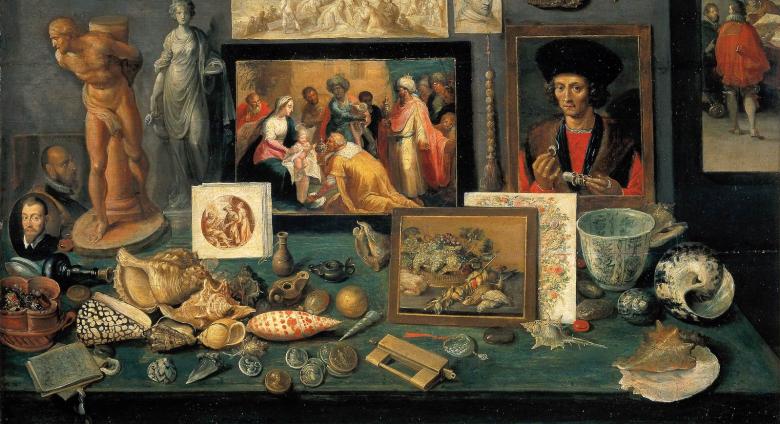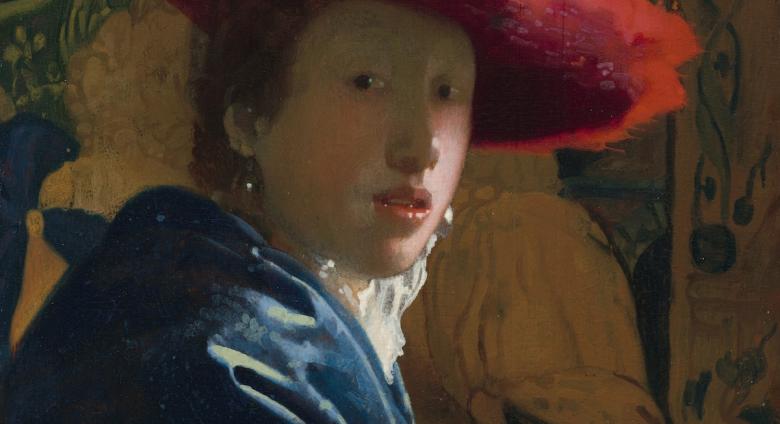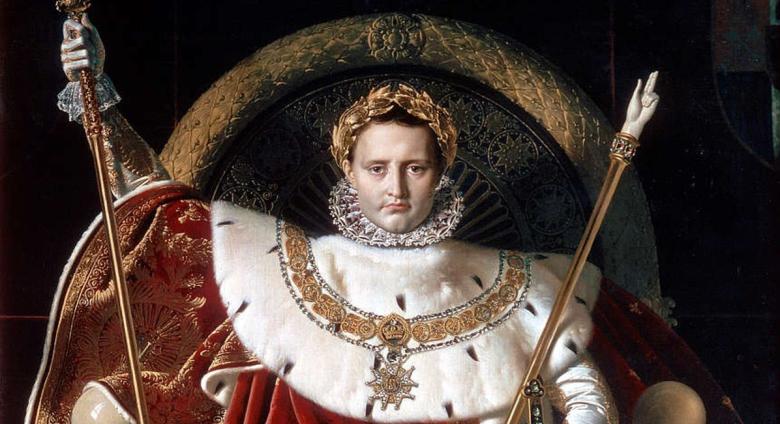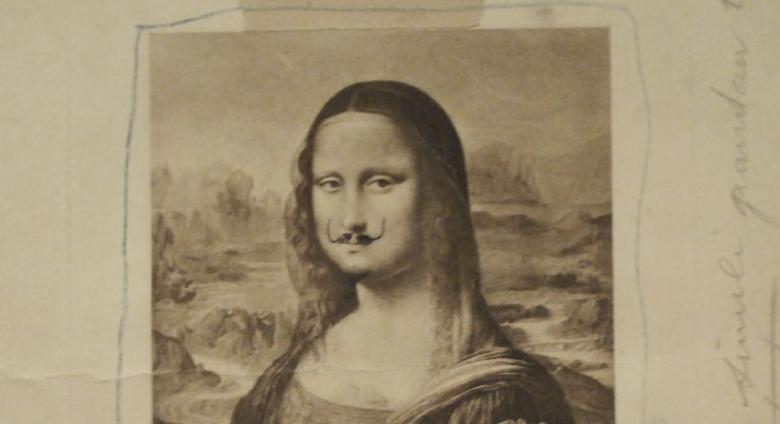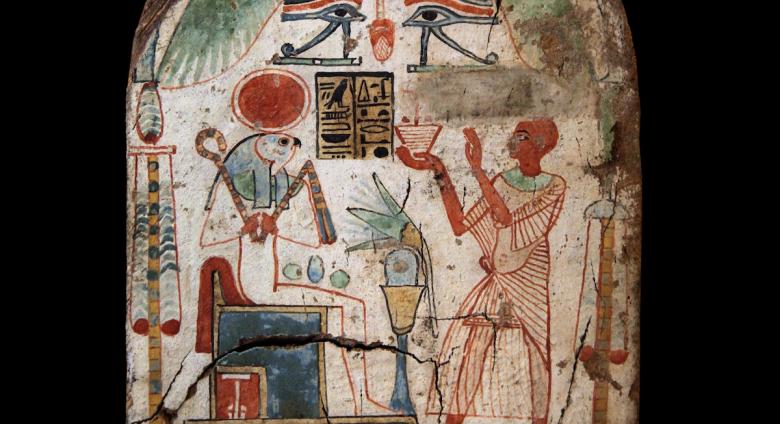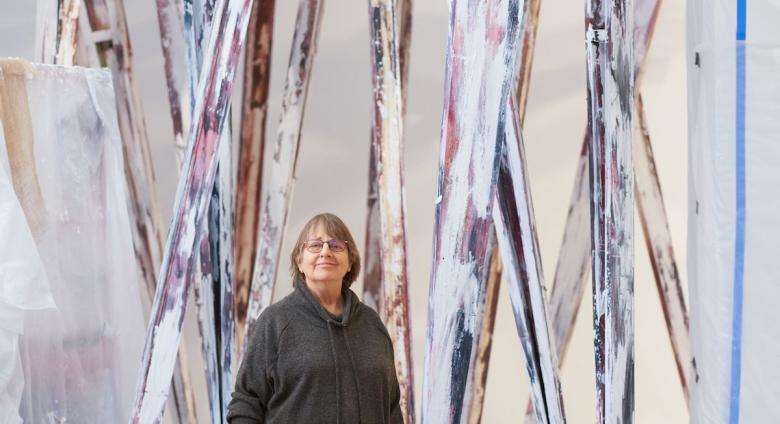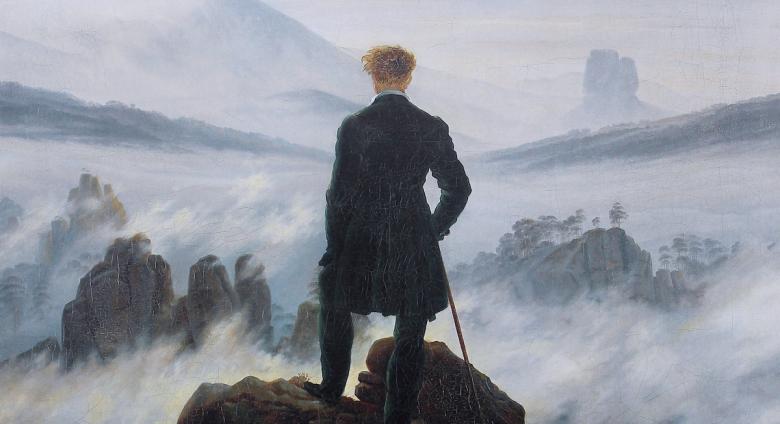March 2023 Art News
Lately there have been investigations that highlight new theories on some of history’s greatest artists and their paintings. We wanted to dive into these theories to discuss their arguments, histories, and if there is any validity to them. Regardless, these new theories have proven that even if a work is three, or four, or five hundred years old, it can still cease to amaze and perplex us.
In the hotly contested battleground of Gender Studies, art historian Jonathan D. Katz is a trailblazer. He was the first tenured faculty in Gay and Lesbian Studies in the United States and has curated more queer-related art exhibitions than anyone else worldwide.
Last week, TEFAF, The European Fine Arts Fair, opened its 36th edition in the quaint Dutch town of Maastrict. Just like any art fair, it was filled with celebrity shoppers, representatives of the top museums and galleries, and filled with thousands of artworks.
A visual history of Zoroastrianism—allegedly humanity’s oldest monotheistic religion—materializes only to the most determined eyes. Buried under millennia of crucifixes, stars of David, and crescent moons, symbols of this four-thousand-year-old faith have been overshadowed and repurposed as cultural and political motifs; yet like its worshippers, Zoroastrian art has not vanished, but rather learned silently to adapt and influence.
You may know the Dia Foundation from their renowned upstate escape, Dia Beacon. And while this arts center is a gem of contemporary art and sculpture, the Foundation’s work goes far beyond this singular location.
British sculptor Phyllida Barlow challenged the conventions of sculpture for over fifty years. On Monday, Barlow’s gallery Hauser & Wirth, confirmed her recent passing. She was 78.
Caspar David Friedrich, like other Romantic painters, established landscape paintings as a dominant genre in Western art. Friedrich’s coming of age was during a time when materialistic society began to favor spirituality. The artist followed this shift in ideals through expressing the natural world as a divine creation, a separate entity from human civilization. As French sculptor David d’Angers said, he was a man who had discovered “the tragedy of landscape.”




